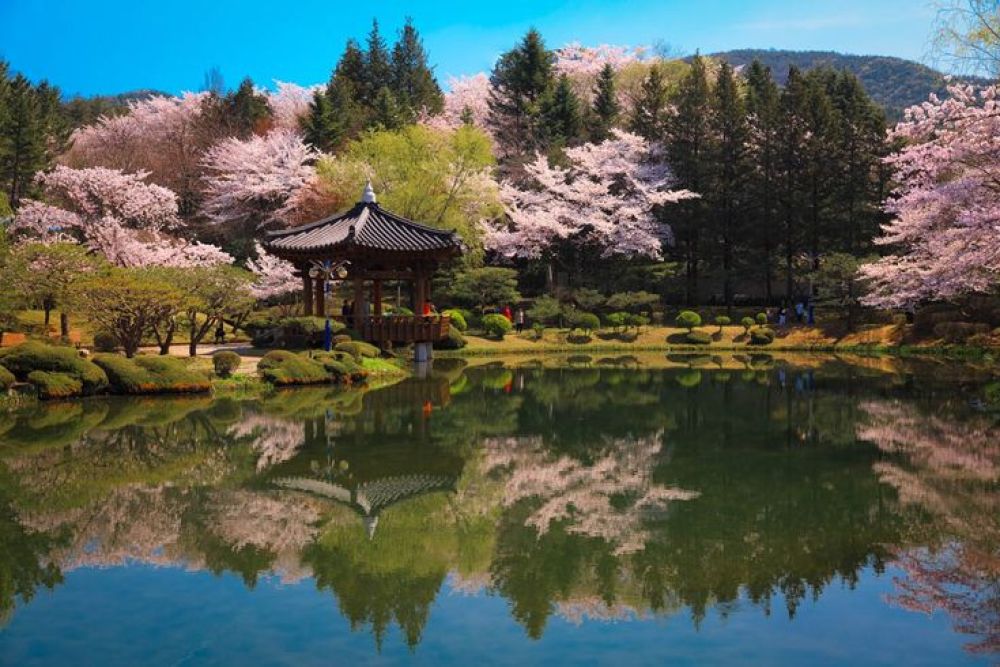

Gyeongju, often referred to as "the museum without walls," is a city in the North Gyeongsang province of South Korea. Renowned for its historical richness, Gyeongju has been a focal point of cultural tourism in Korea. Its many ancient sites, including the Silla-era tombs and temple ruins, have drawn visitors for decades, making it part of the UNESCO World Heritage List. Among the various attractions is Bomun Lake, a man-made lake which has developed into a central feature of Gyeongju's tourism landscape.
The development of Bomun Lake into a tourist destination began in the 1970s when the South Korean government decided to create a resort complex to enhance the country's tourism sector. The lake itself was constructed in 1972, and surrounding areas were developed to include luxurious hotels, a golf course, and an amusement park, among other facilities.
Since its inception, Bomun Lake has been a haven for local and international tourists, offering a tranquil escape with its picturesque surroundings. The 1.8-kilometer-long promenade around the lake allows visitors to leisurely enjoy the views and beautifully landscaped gardens, making it a popular spot for families and couples.
In the 1990s and early 2000s, Bomun Lake further solidified its status as a distinguished travel destination when additional amenities such as condos, shopping centers, and convention facilities emerged. The lake's proximity to other historical sites in Gyeongju also contributed to its popularity, affording tourists an opportunity to experience Korea's ancient culture alongside modern recreation.
In recent years, Bomun Lake and the Gyeongju area have embraced several new tourism trends to attract a diverse range of visitors:
Bomun Lake continues to evolve as a destination, blending its historical allure with modern-day leisure and technology. It remains a testament to South Korea's commitment to preserving its cultural heritage while advancing its tourism facilities to meet contemporary demands.